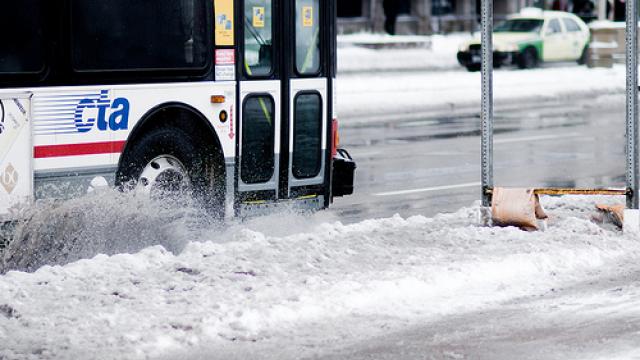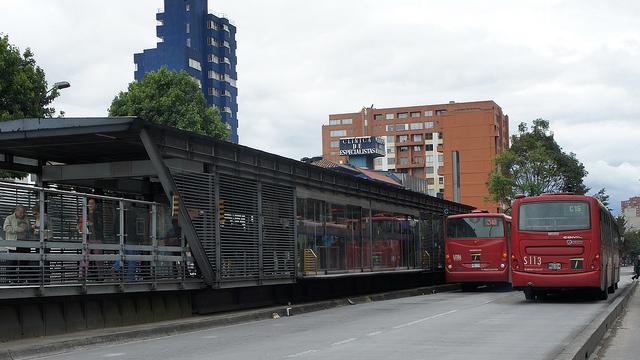In this project I will design a BRT. In this BRT i will make it big enough to fit a crowd of people and make it possible for people to travel easier and faster. Also I will design a single path for the bus and the other traffic making traffic flow faster.
Svelazquez's work for the Collect Information step:
Summary
How much space is available for the shelter? There will be two separate lanes one for buses and the other for cars and other traffic.
In this picture I like how the streets are organized and it separates the lanes between the traffic...
0 comments
I really like this sample it looks like a very cool and easy way to get to the brt. Also because of...
This is another example of the brt having 2 lanes one for traffic and the other for the buses.
The design of the shelter looks very round and modern and by the looks of it it seems to have more...
In this picture it looks like this brt is very crowded. The brt should be big enough to support a...
Svelazquez's work for the Develop Solutions step:
Summary
This is my developed solutions
This is image of the brt in a simple form with nothing in or out of it. It is made out of mostly...
This is the left side of the brt. The brt is symmetrical so both sides are the same. This is the...
This is the top part of the brt. In this part im planning on putting plants or rocks. Trying to...
Svelazquez's work for the Final Design step:
Summary
This is my final
This is the site plan of the brt. It is located in the middle of the street were anyone can get to...
This is the entrance for the brt. It has 2 entrances and a handicapped button for those who are...
In this part of the brt there are 2 things. 1 being the solar panels, I put these here to make the...
This is the other end of the brt, this is the area were people can wait for the bus and there is...

























